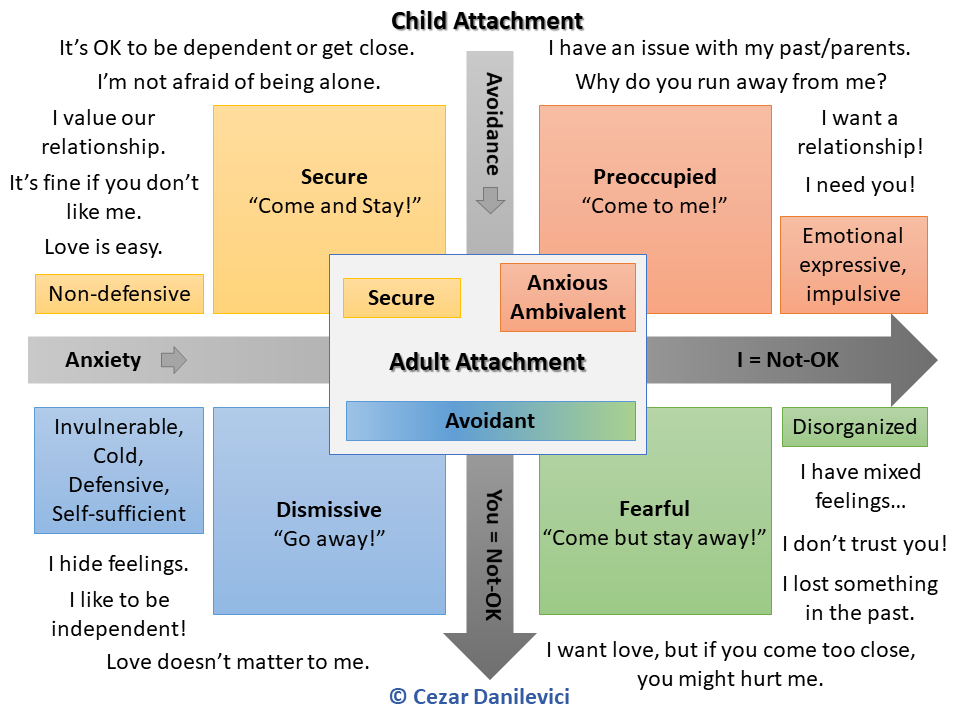No one wants advice, only collaboration.
When dealing with families, there are a couple of fundamental differences between working in an individual setting and working with several people at the same time. It is to be noted that there is a difference between group therapy (when people don’t necessarily know each other) and family therapy (which is a well-defined system). Couple therapy overlaps more or less, but then, one must define what “couple” is and what “family” means. Below I will refer to some peculiarities of the family therapy (specifically the systemic family therapy), keeping in mind that I don’t have experience with this form of therapy simply because my professional path didn’t intersect with this necessity. However, the insights you will find below might be of help when giving advice to patients and orienting them to family therapy, as this form of therapy if often necessary in practice but rarely recommended.
First, families come to therapy because of emotional sterility. Keep in mind this: the problem is that they don’t feel enough or at all. You job is to stimulate feelings; it must always be in the back of your mind.
Second, the family is a system – a mixture of separate elements that function together like the cogwheels in the mechanism of a clock. No man is an island. From this come 2 conclusions: 1) when a client comes to you in individual therapy, he/she does not come spontaneously from the void, the intergalactic space or the abyss: he/she comes from something, namely a family, more precisely a familial system, and 2) any change of an individual will be met with resistance by his/her family, because the family system got used to his/her particular way of functioning and the system will tend to force him/her in the same dysfunctional role, so as to conserve the integrity of the system. From all this results an important conclusion: change is difficult when you are a creature of habit and your (conservative) family is additionally preventing you from changing into something new and “un-familiar for the family” (note the quotation marks).
Third, the family is a system that needs to grow. If it doesn’t grow, it dies. People grow together or grow in parallel, but they do grow. You need to stimulate emotional growth and flexibility.
Fourth, in a system of several people, if you keep doing the same thing – completely different from the individual rule – you don’t get the same result. There is change. In individual therapy people do the same thing and expect different results, which is stupid. In family therapy, because several people are involved, you’d be surprised that the rule doesn’t apply. For instance, you do the same thing for 20 years and you suddenly find out that your child ran away from home or your partner has cheated you. Why? Because what’s happening depends also on the others… quite a lot actually…
Fifth, in a real functioning family, if a malevolent exterior force or situation strikes the family, the family members put aside their differences of opinion and come together as one, fending the adversity and putting up a fight. If you see that a family doesn’t unite in front of sickness or similar disasters… you might not be looking at a family, but rather, at a group of people pretending to be a family. If someone is in hospital, if someone is in jail, if someone has a financial misfortune… to give you some examples… people come together if they belong to the same family. Sorry if you have just become aware of some aspects of your own family…
Sixth, in each family there are roles. The roles have nothing to do with the sex of the family members or the fact that they are parents or children. You need to learn to look at what people do and not at who they are…
The Leader is the one who allows him/her-self to feel that there is a problem in the family and the one who comes in therapy so as to try to change something in the family. You always see the leader first in therapy, he/she is the one who knocks at your door. Be prepared to be surprised by who the leader is: it may be a child and not the parents; it may be a grandparent… And it is often very sad…
The Symptom (often overlapping with the Submissive) is the one who seems to be the problem in the family, often a child, often the weakest one who is the reason for addressing to a psychologist and often to the child & teenager’s psychiatrist. It’s the one who suffers, either in silence or, on the contrary, hysterically. Family therapy is mostly prescribed when there are speech problems, tics, anorexia, conduct disorders and so on, so it’s typical for the pediatric psychiatry service.
The Facilitator is the one who keeps the family together and does not allow its members to leave; he/she creates bridges between its members, enables communication, is often a translator between the parties involved in a conflict, creates a “healing atmosphere” but, importantly, does not get involved in solving the conflict. The Facilitator must be sought… if he/she exists.
The Negotiator is… well… you, the therapist. In healthy families, the Negotiator is the one who gathers information about the desires and expectations of the family members and tries to offer elements that can make them come together again as a family. The Negotiator is a problem solver… and often a creative one.
Seventh, regarding the structure of this therapy, in psychotherapy centers of excellence, there are often 2 therapists working with families: a therapist and a co-therapist. This is necessary because a single therapist will tend to fraternize with one side of the family and to begin to act like a judge versus the other side. The temptation is huge and that is why, if you want to do quality work, you must be two therapists who also discuss between them what happens in the family and also analyze their countertransference.
Eighth, it is important to understand that conflicts arise in families because people speak but do no listen. So, in family therapy, the questions are circular: the same question is asked for each and every member of the family, and each one has the necessary time to express what he/she thinks (or feels, or senses) about a given situation or issue. People tend to quarrel and don’t wait their turn so as to speak; in family therapy however, the therapist is also a mediator, who will also take on the role of a “referee” and even use red and yellow cards so as to keep the control on possible explosions or violent disputes (the therapist can give a card to one member of the family and that member and only him/her has the right to speak while having that card in his/her hand, the others being forced to remain silent and… well… hopefully, finally, listen to what that family member has to say; then, the card is passed to the next family member who wants to speak… I guess you saw this in movies…). Possible circular questions can be linked to empathy (How do you know that the other one is depressive? Did you notice this actually?) or can be used to specify symptoms and encourage observation (What bothers you personally about this situation?). Along the circular questions, in family therapy there are also linear questions (when the therapist gathers information), strategic questions (when the therapist wants to put pressure on the problem) and reflexive questions (aiming to mobilize the family members to find creative solutions).
Ninth, it’s important to understand that there are different types of families, depending on the amount of control (controlling or undemanding) and of acceptance (tolerant or rejecting) that family can allow. This being said, there are firm families (controlling and tolerant, the “teamwork” type), authoritarian families (controlling and rejecting, the “hellish” type), negligent families (undemanding and rejecting, the “careless” type, where the child is not important) and permissive families (undemanding and tolerant, the “laissez-faire” or “easy-going” type). Another classification, which I often have in my mind when dealing with a particular patient, is the following: there are extroverted-conformist families (the “executive/oligarch/heroic” style), extroverted-nonconformist families (the “mad-scientist” style), introverted-conformist (the rigid protestant “American Gothic” style, go search for the painting if you don’t know it) and finally, introverted-nonconformist families (the “Addams family” style). The names say it all. Now it’s a good time to stop and ask yourself what is the type of your own family.
During my training we worked with family values and concepts (the tree of values technique), the family genogram (basically a genealogic tree made of all family members, dead or alive, known or unknown, having mottos attached to each of them, a genogram that enables one to understand how he/she ended up where he/she is now) and the powerful techniques of playing with marionettes and the family sculpture (psychodrama, role play). Due to the deep practical nature of these techniques, it is very hard to describe them in words, so I shall stop here.
So, there is it: some ideas and observations from my experience with systemic family therapy. I hope you can find this article insightful!
—
Related Infographics:





